Today we’re talking about one of the highlights of any trip to South Korea: Jeonju, a city best known for its beautifully preserved Hanok Village and for being the birthplace of the Joseon Dynasty.
It’s located relatively close to Seoul, making it an easy and popular addition to many travelers’ itineraries. Its proximity to the capital and its cultural richness are two major reasons why Jeonju often finds its way onto bucket lists.
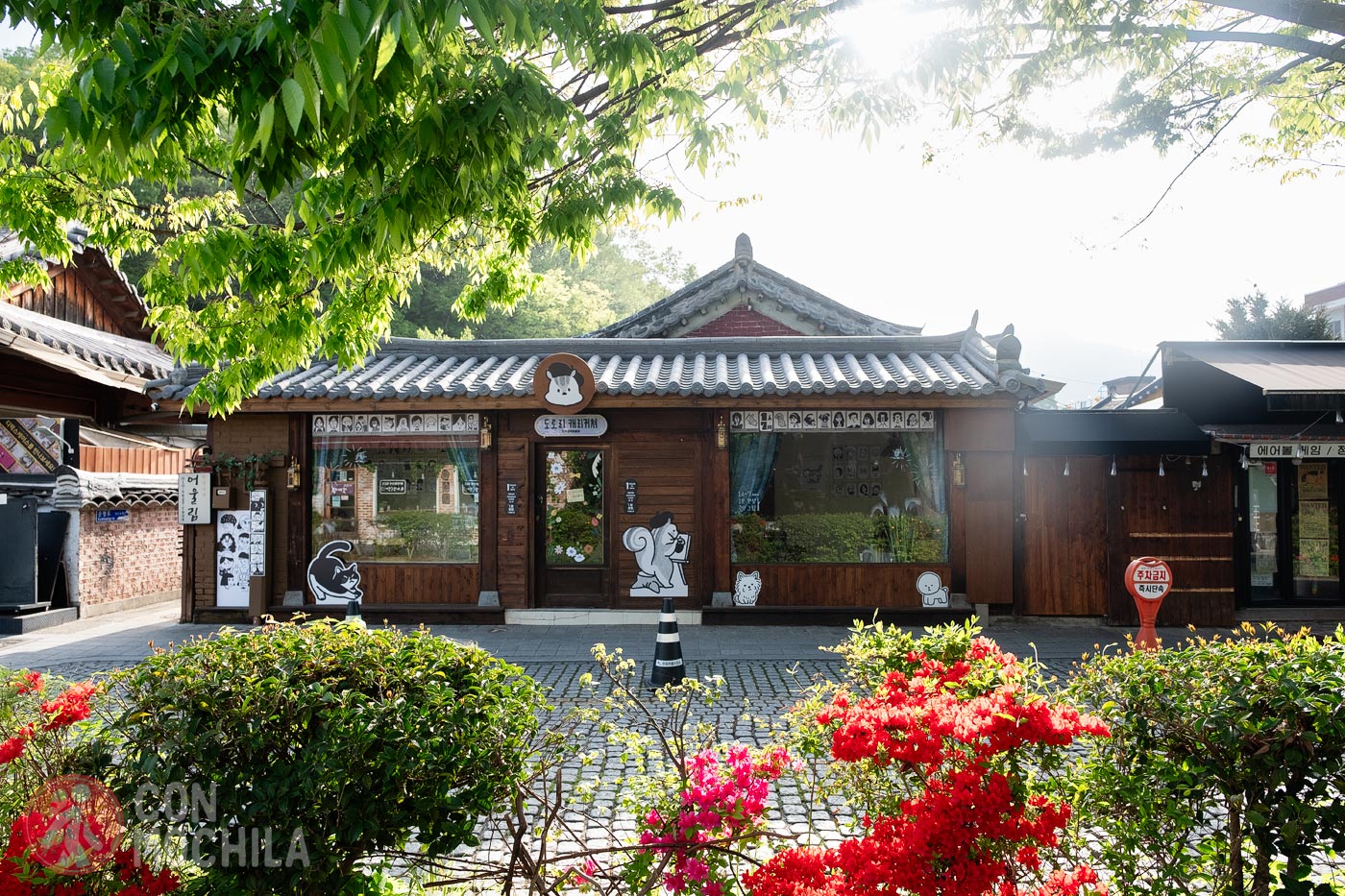
Most of the main attractions in Jeonju are located in or near the Jeonju Hanok Village and can easily be explored on foot, which is especially convenient if you’re arriving from Seoul. That’s why we recommend staying in or around the village. Keep reading—we’ll tell you more.
As mentioned earlier, the main reason to visit Jeonju is to explore its Hanok district, Jeonju Hanok Maeul, perhaps the most famous and most visited in all of Korea. Tourists roam the streets at all hours—mostly Korean visitors dressed in hanbok, the traditional attire featuring colorful, flowing skirts that make any photo taken in the village look like a scene from a dream.
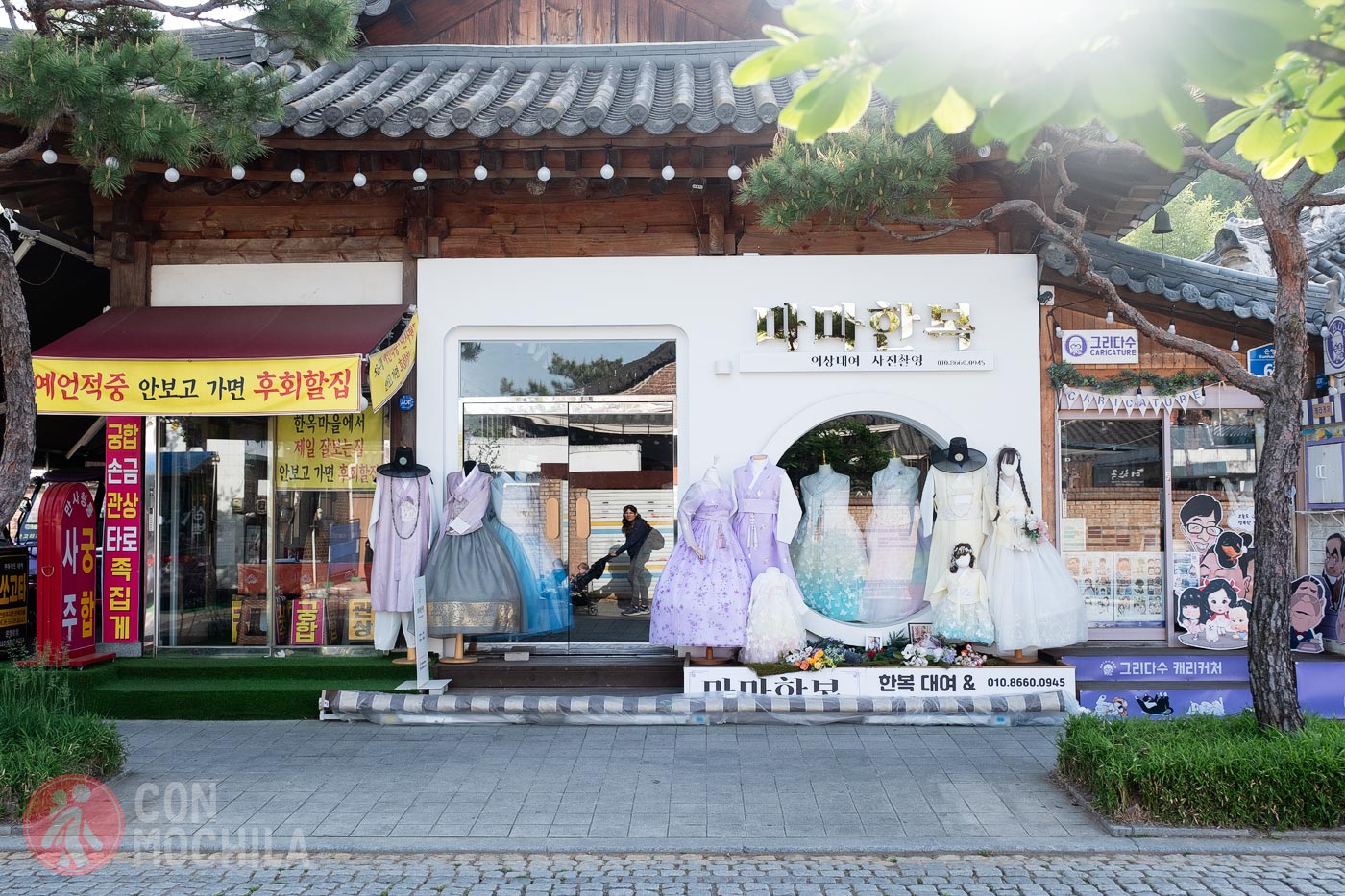
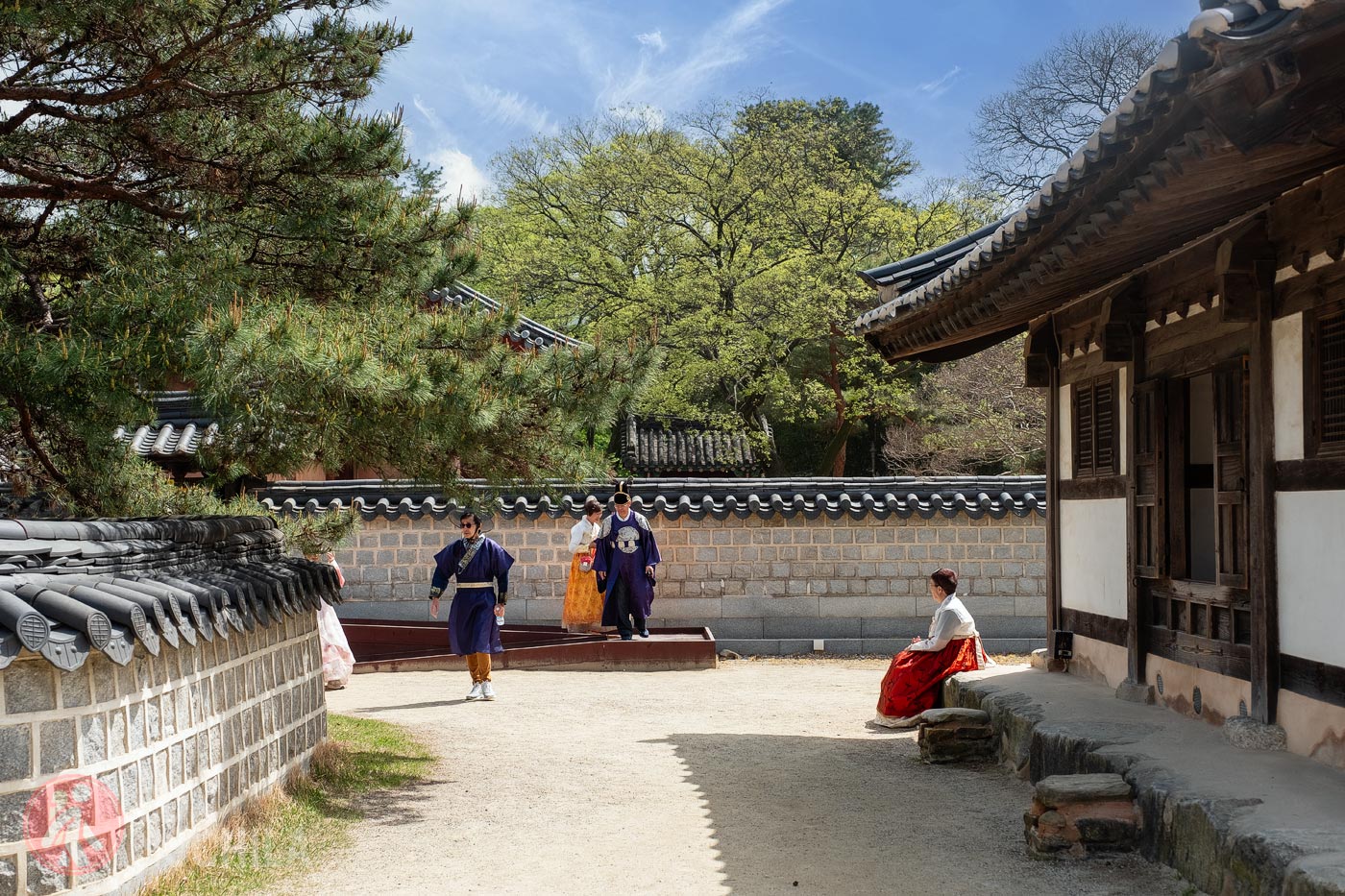
Many of the hundreds of traditional hanoks have been transformed into restaurants, cafes, souvenir shops, ice cream parlors, and of course, hanbok rental stores. While for some it may feel somewhat like a theme park, wandering its streets is still a charming and fun experience.
To go beyond a superficial visit, the village offers various ways to immerse yourself in Korean culture—from craft workshops, music and dance performances, to sampling local cuisine, including the renowned bibimbap rice dish.
Visitors can also take part in hands-on activities such as hanji paper-making and pottery.
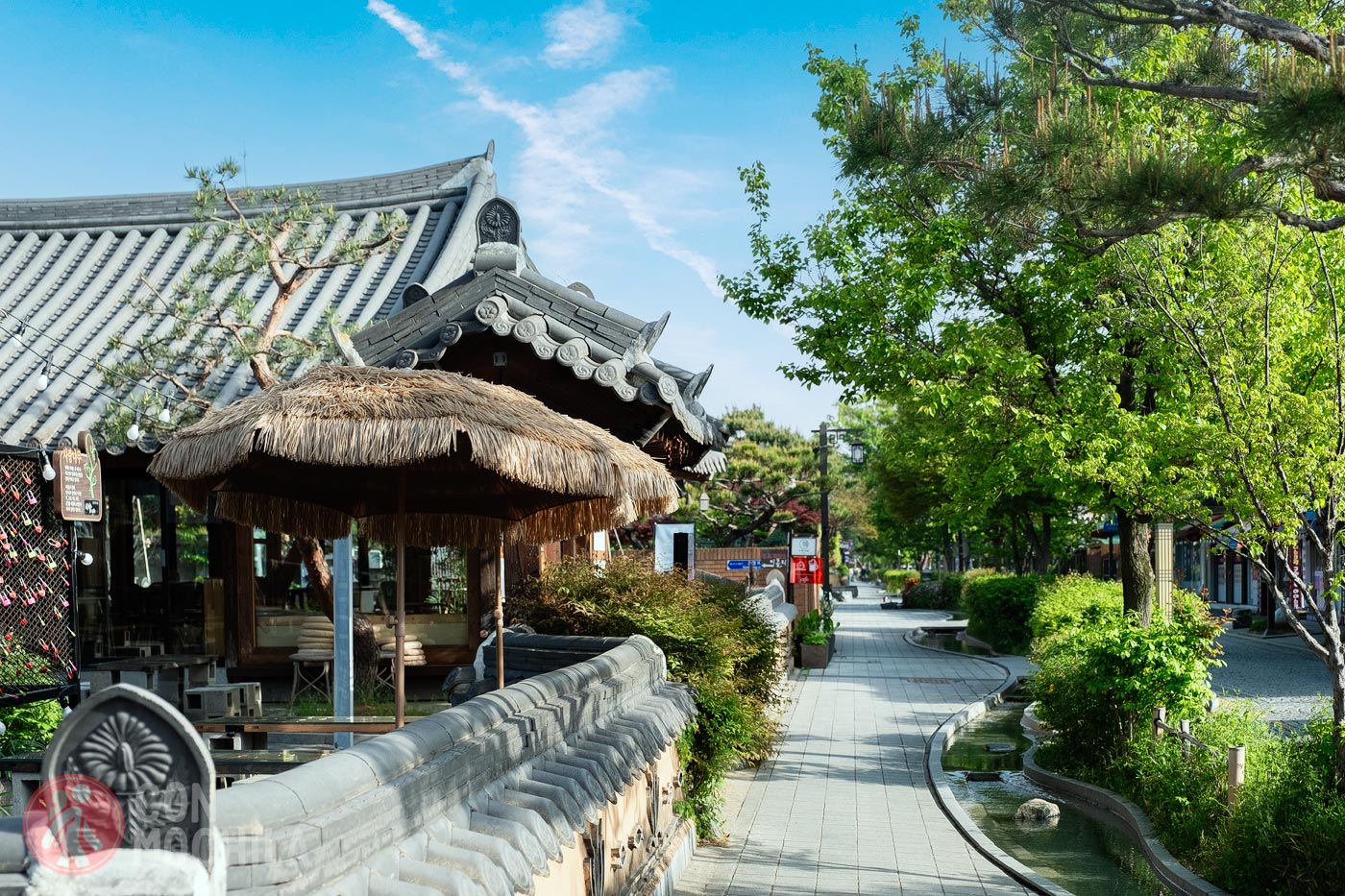
Despite being a popular tourist area, many travelers choose to stay in one of the hanoks, and with around 800 traditional houses in the village, there’s no shortage of options.
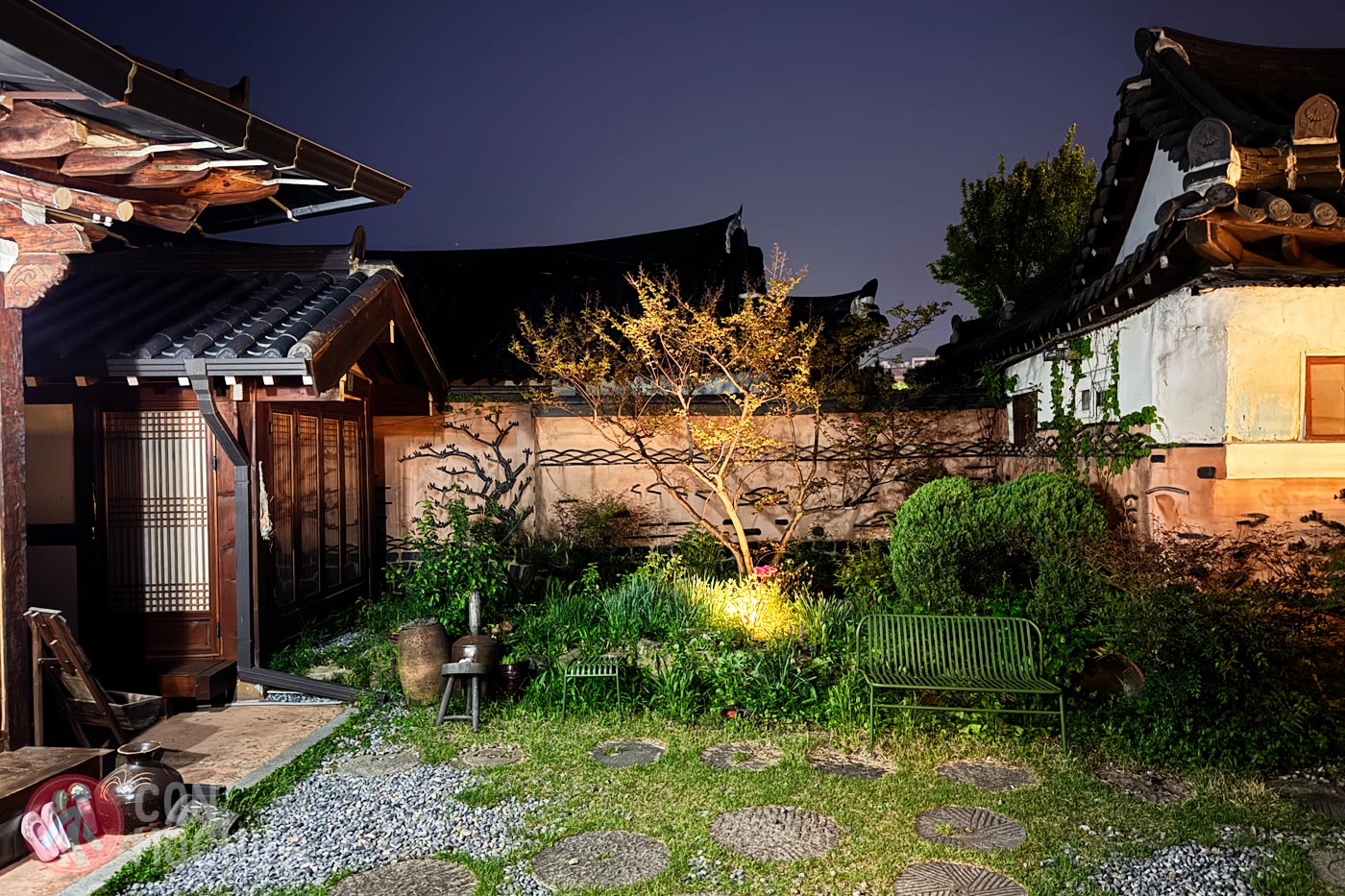
Just be prepared to sleep on the floor with a simple mattress and don’t expect luxury—aside from the beautiful shared garden.
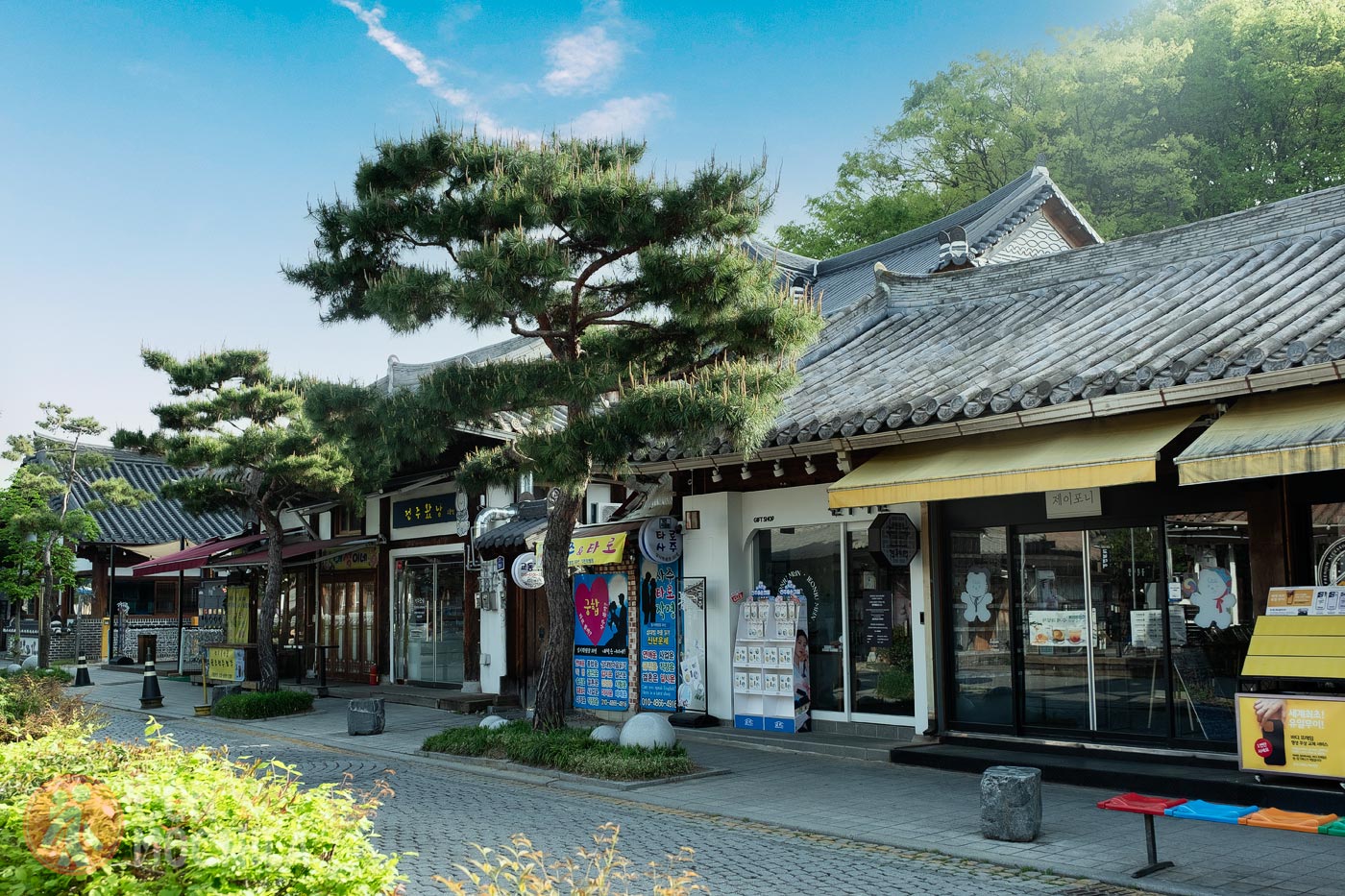
As you can imagine, Jeonju Hanok Village is large and full of things to do—easily worth a full day. But don’t leave just yet—there’s more to see!
Founded in 1410, Gyeonggijeon Shrine is one of the most important and most visited landmarks in Jeonju. It features several pavilions separated by peaceful gardens, ideal for a walk—though usually busy with visitors.
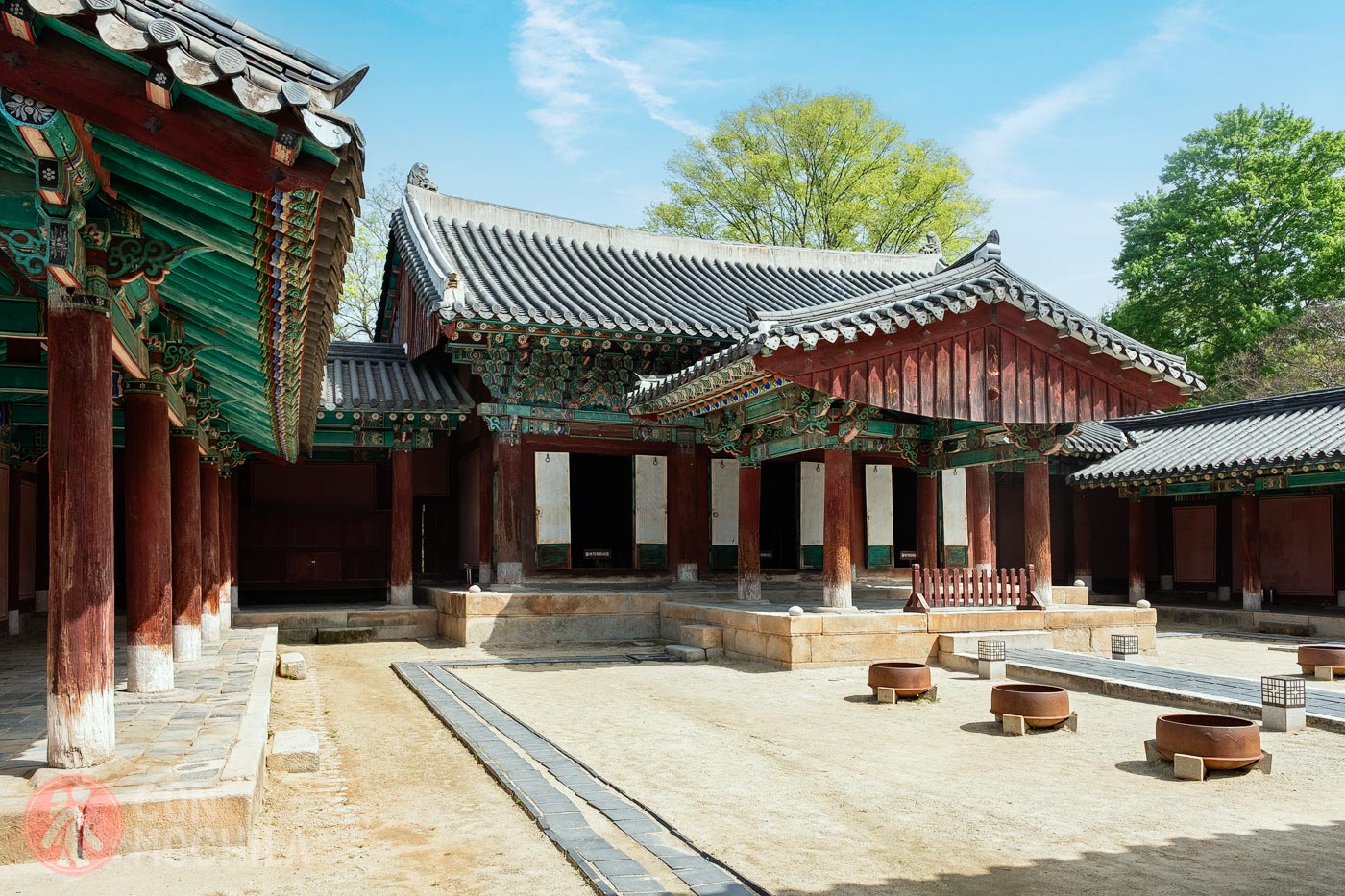
Inside, the shrine houses a portrait of King Taejo, the founder of the Joseon Dynasty.
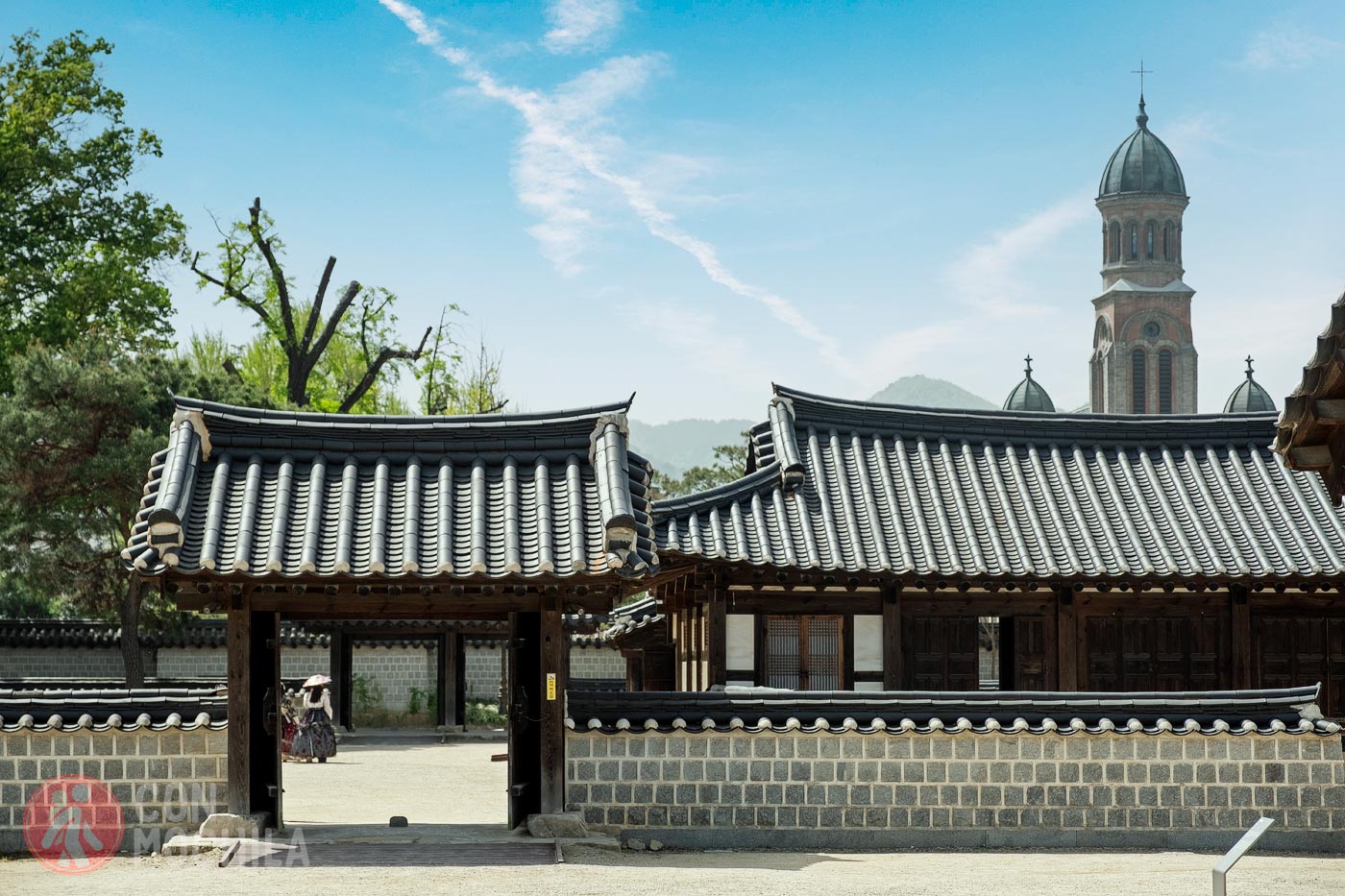
Directly across from the shrine stands Jeondong Cathedral, a Roman-Byzantine style red-brick church that can only be entered during mass.
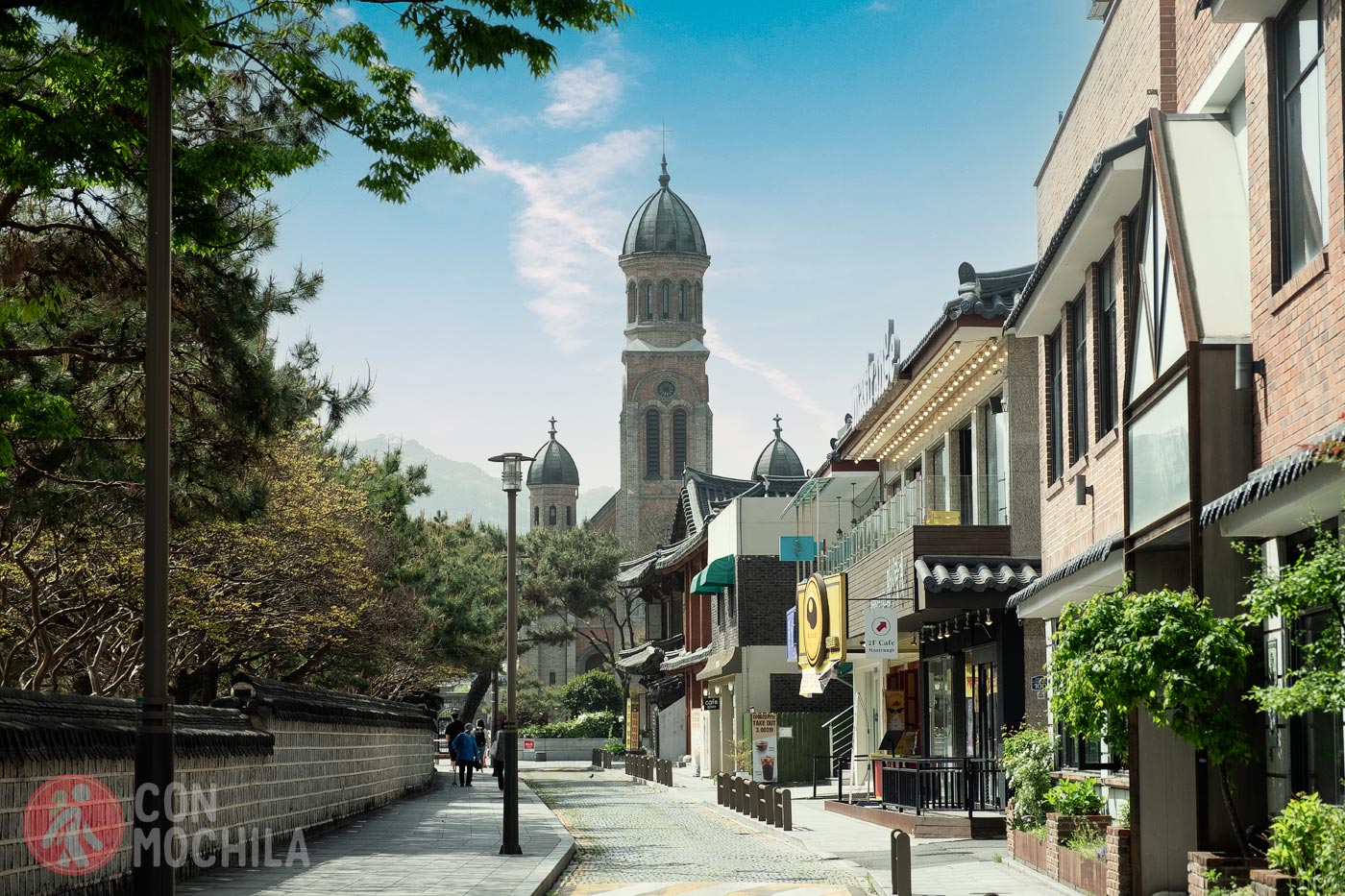
It was built by a French missionary on the very site where Korean Catholics were executed, and it’s visible from many points around the village.
Located on a small hill next to the Hanok district, Omokdae is a pavilion marking the spot where Yi Seong-gye is said to have celebrated a military victory over the Japanese.
While the pavilion itself is modest, the real draw is the panoramic view of Hanok Village’s rooftops.
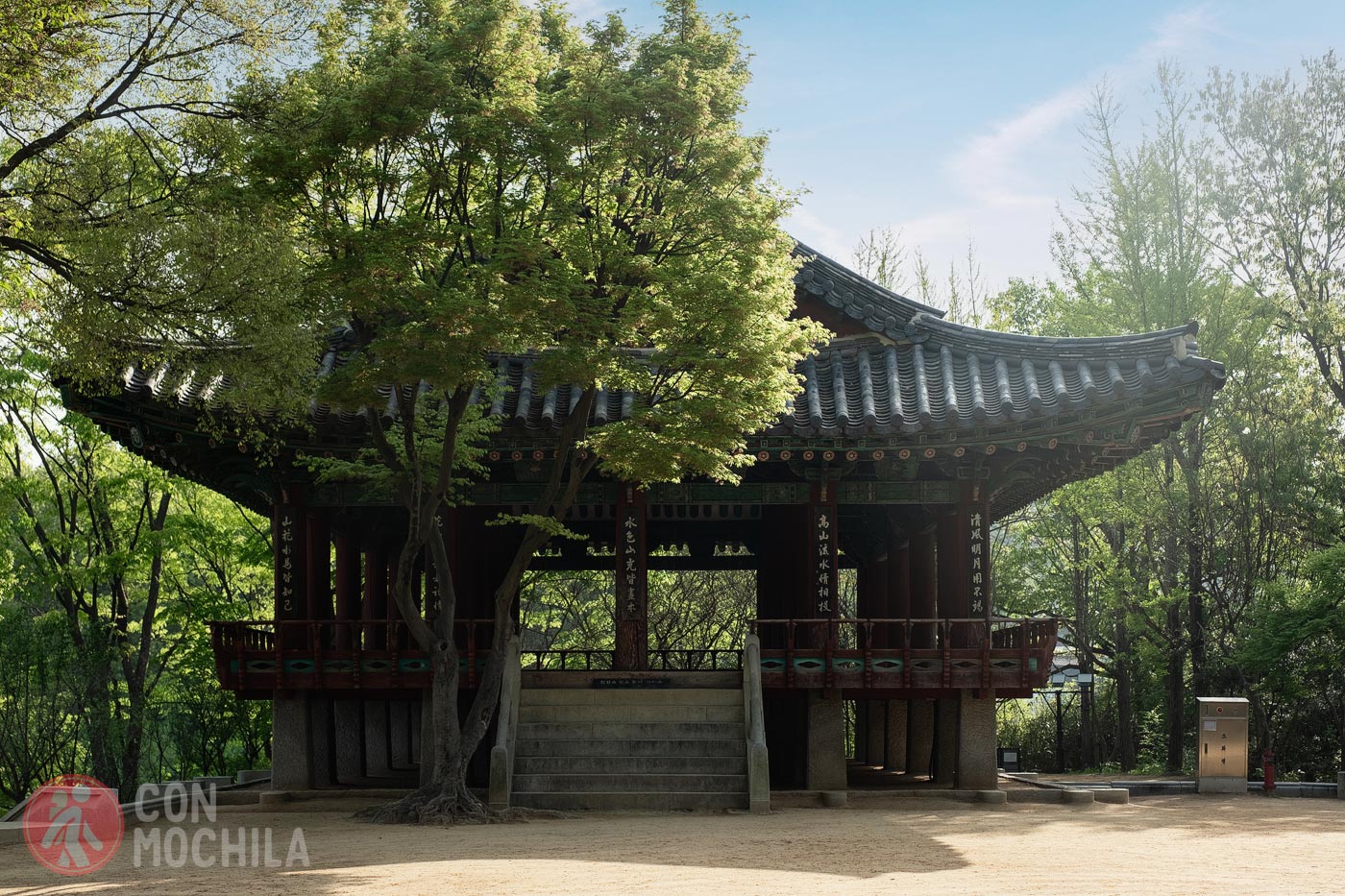
Just a heads-up: unless there’s another entrance you find, the climb is via wooden stairs, and not stroller-accessible.
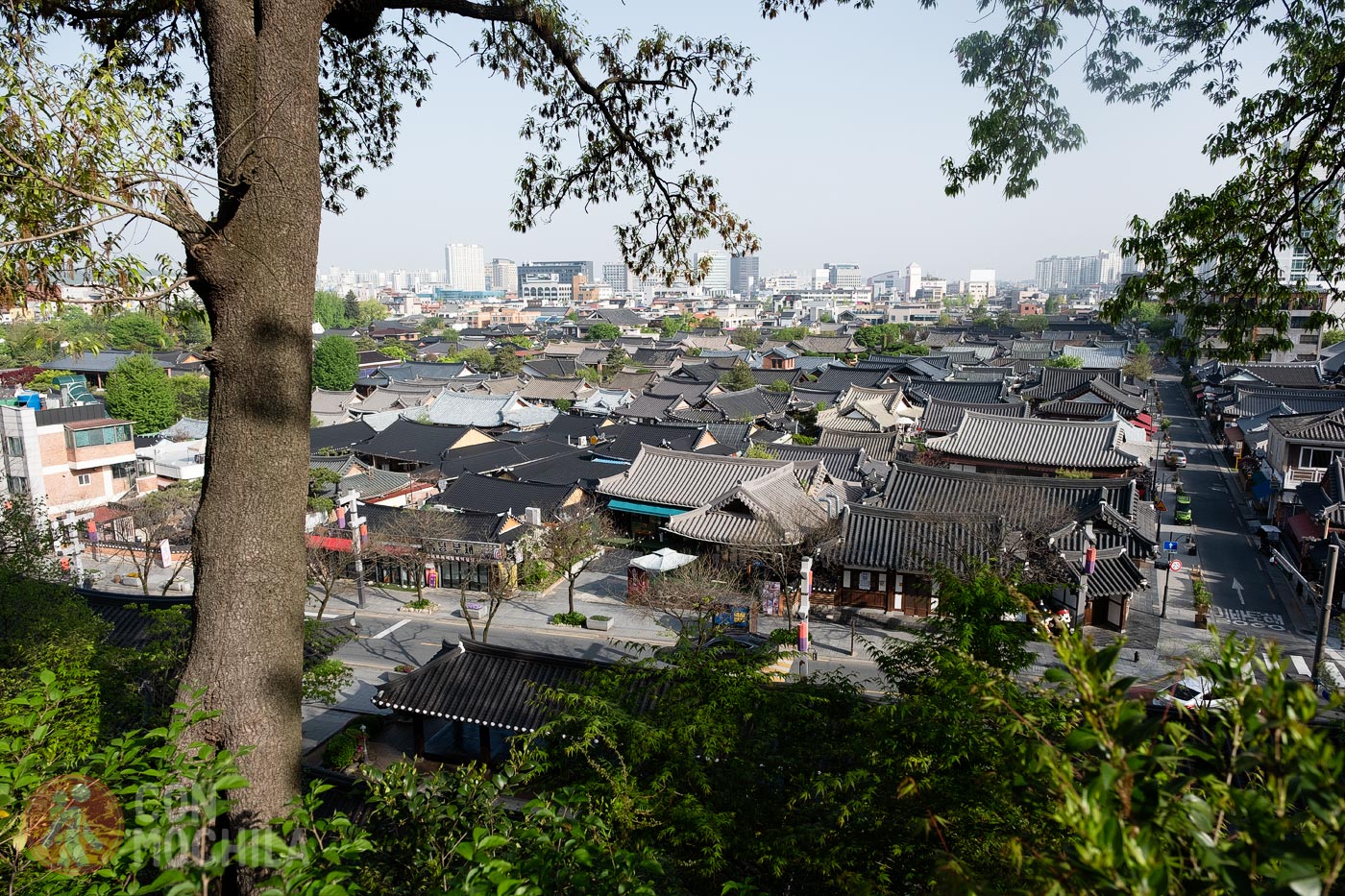
Another must-see in Jeonju is Jeonju Hyanggyo, a Confucian school designated as a Historic Treasure of South Korea. It was an educational institution established during the Joseon Dynasty. Visitors are welcome to enter and stroll through the peaceful gardens that lead to various pavilions scattered across the grounds.
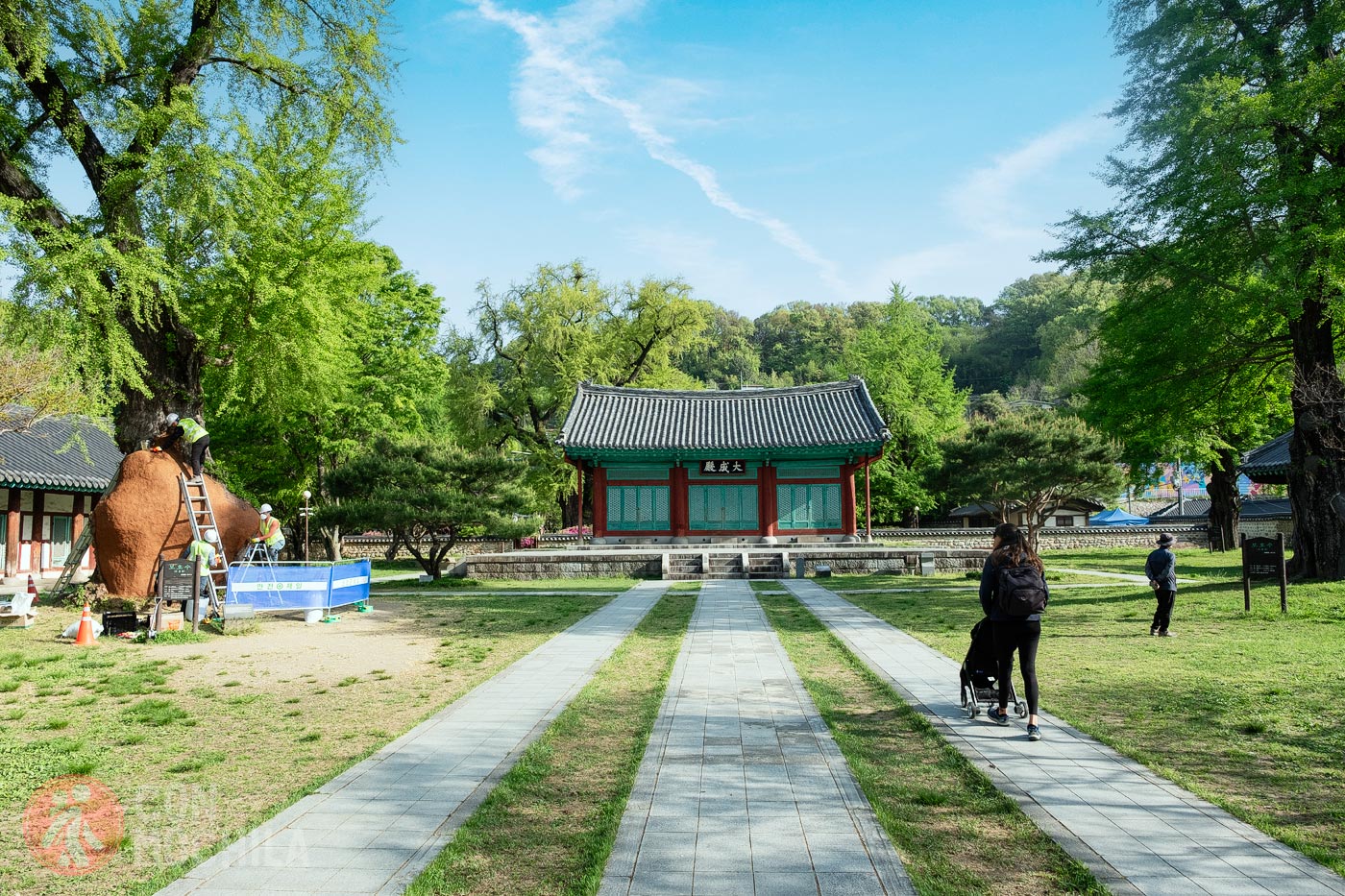
The thing about neighborhoods that become famous for their street art is that, even if the paintings aren’t all masterpieces (though some certainly are), they still give the streets a special, vibrant character.
The colorful murals brighten the alleyways, and discovering them as you walk becomes an enjoyable adventure.
Jaman Mural Village is a small neighborhood of narrow, steep streets, easily reached on foot from Hanok Village.
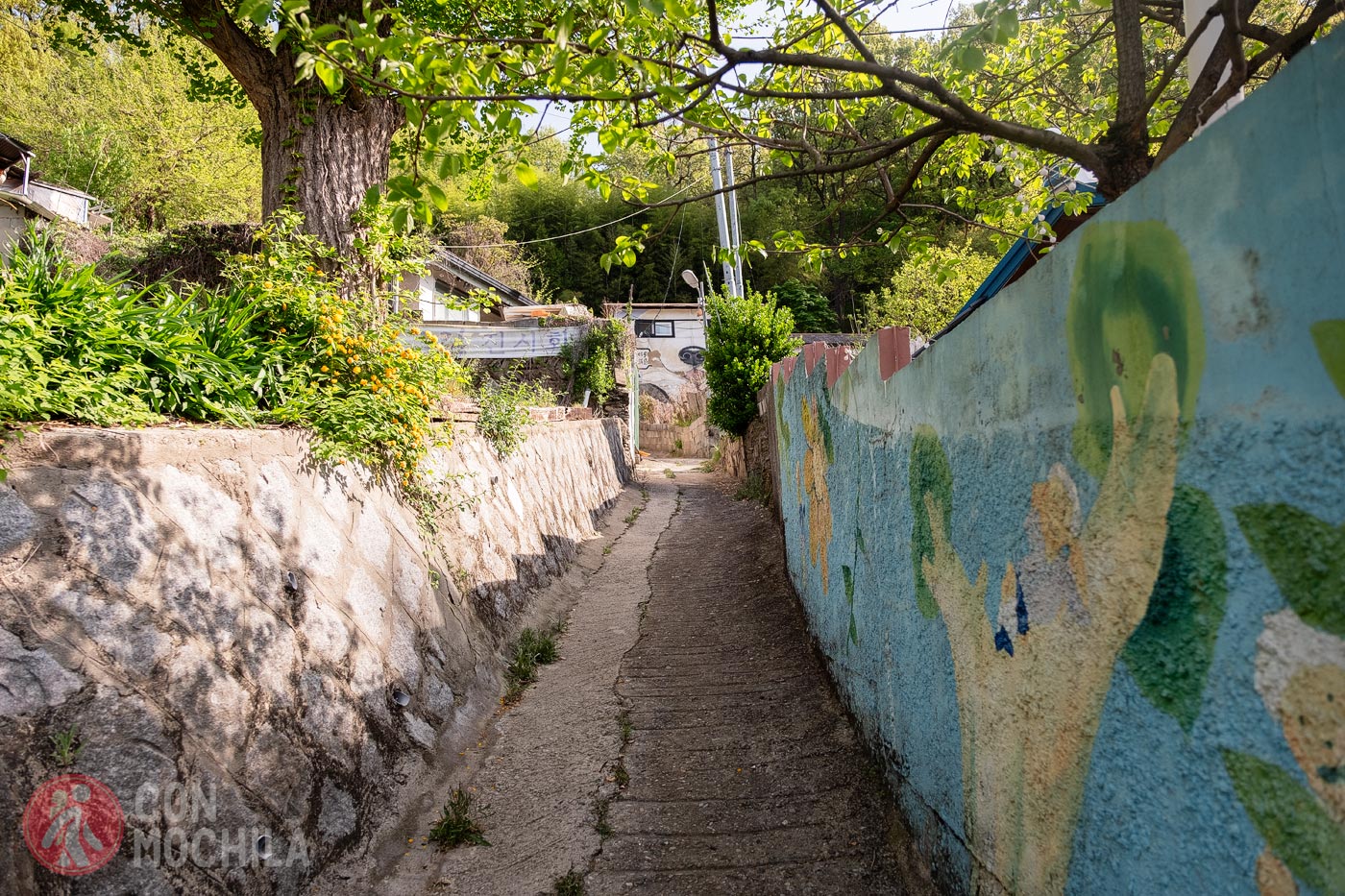
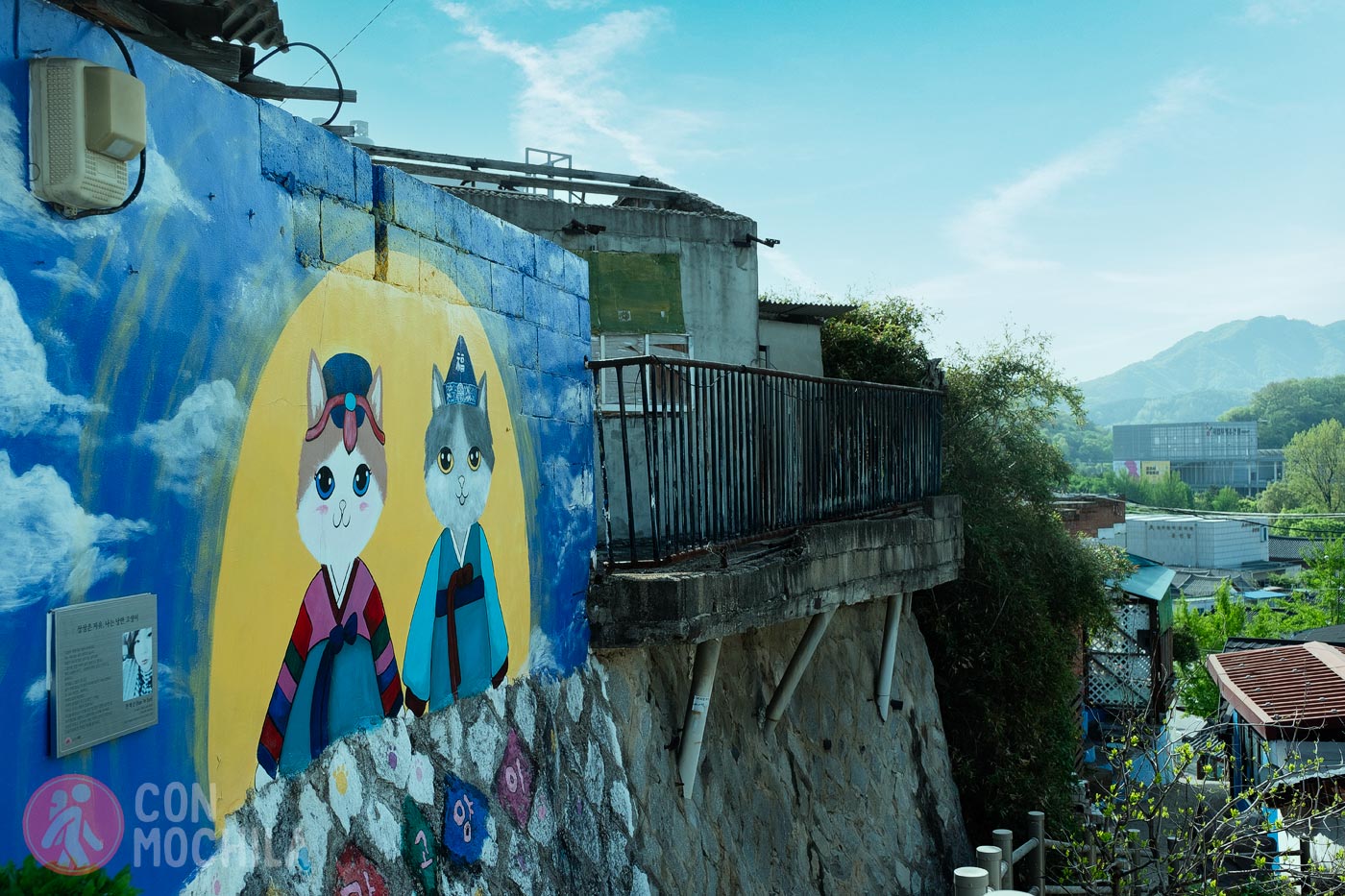
No travel experience is complete without a visit to a local market, and in Jeonju, that’s Nambu Market. Here you’ll find everything from fresh produce and snacks to household items and even furniture.
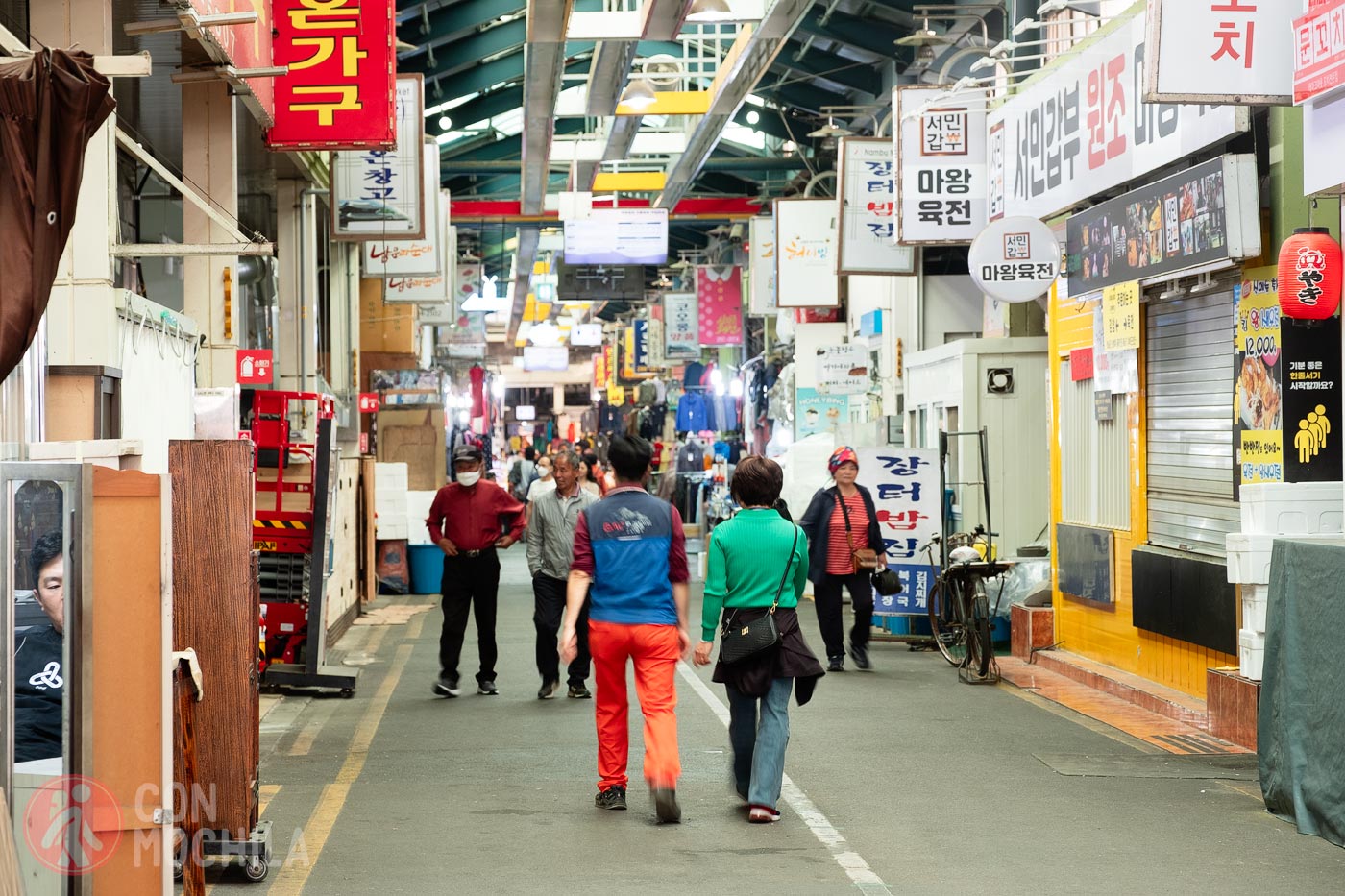
If you’re in town over the weekend, don’t miss the street food stalls that pop up on Friday and Saturday nights. It might get a bit crowded, but the atmosphere makes it worth your while.
This is the southern gate of the old city wall and a spot you’ll likely pass on your way to the market. While there’s not much to do here besides snapping a few souvenir photos, it’s a photogenic spot.
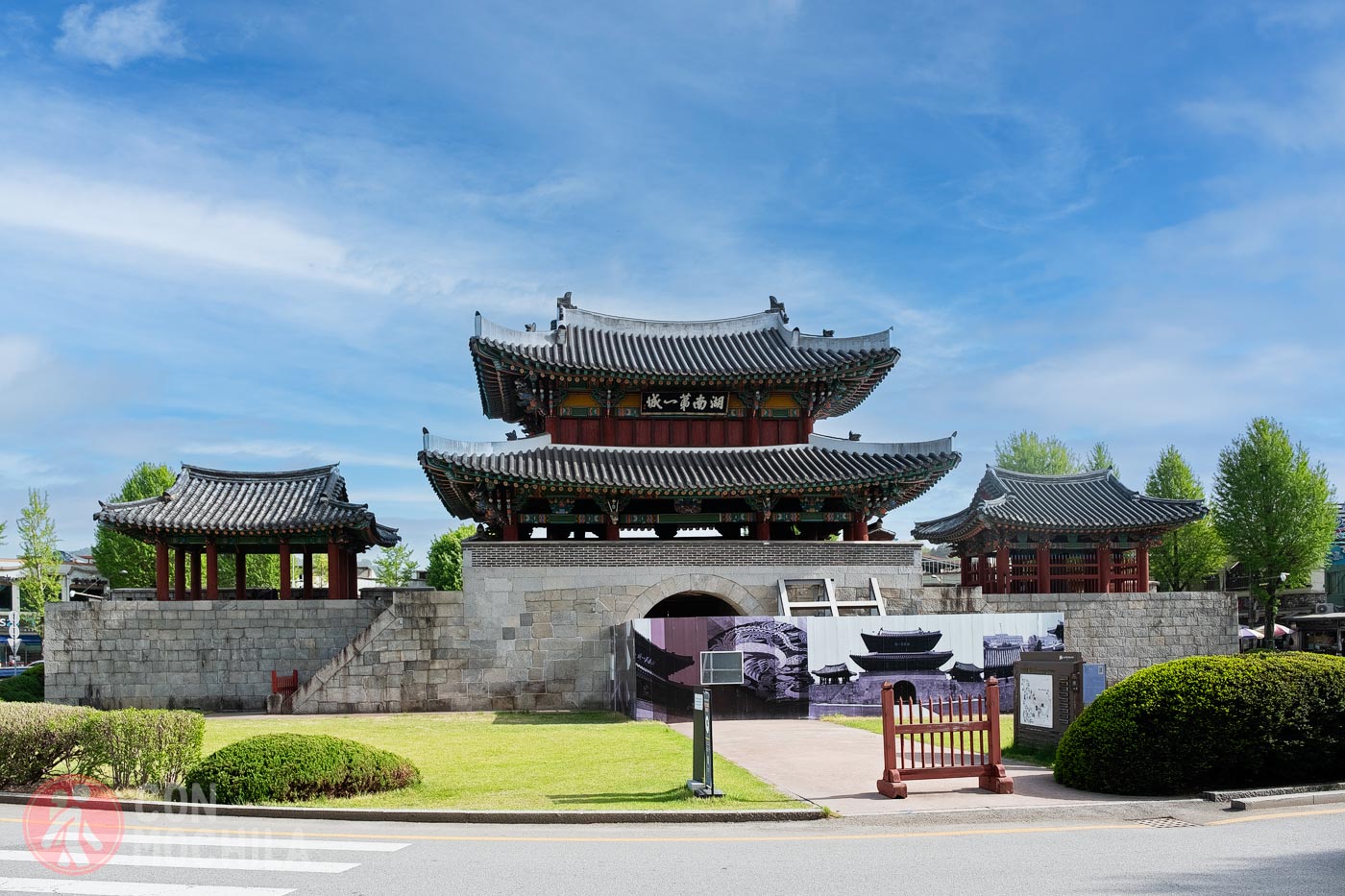
Some dishes are best enjoyed in the place where they were born, and in Jeonju—South Korea’s gastronomic capital—bibimbap is the undisputed star.
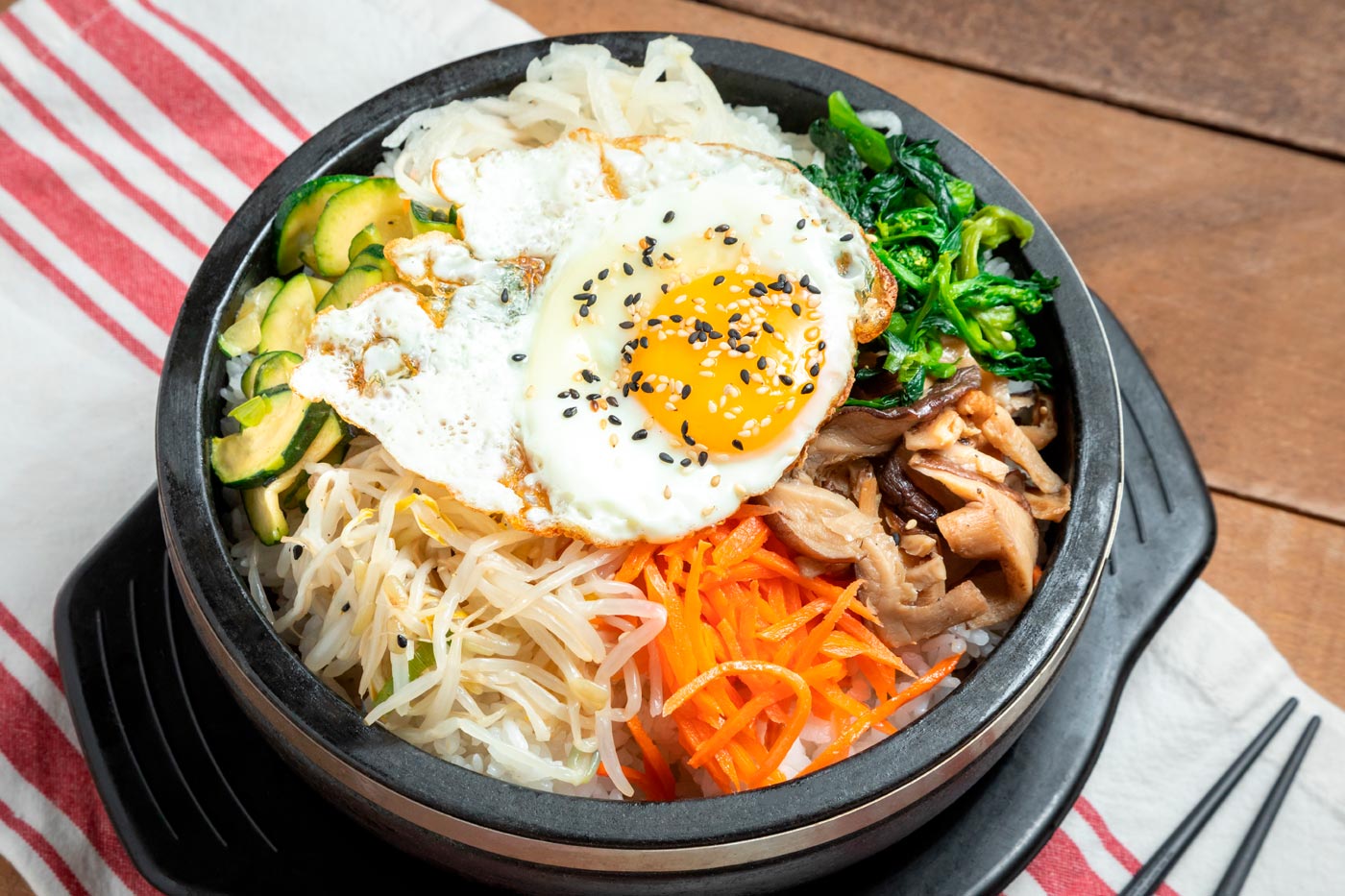
This iconic dish features steamed rice topped with a variety of vegetables, bean sprouts, and an egg. What we love most is that vegetarian versions are common, with the meat often replaced by tofu or tempeh, without losing any of its delicious appeal.
If you need a break from the crowds, head to the river for a peaceful stroll along the banks. Apart from a few retirees walking or exercising at the calisthenics park, you’re unlikely to run into many people.
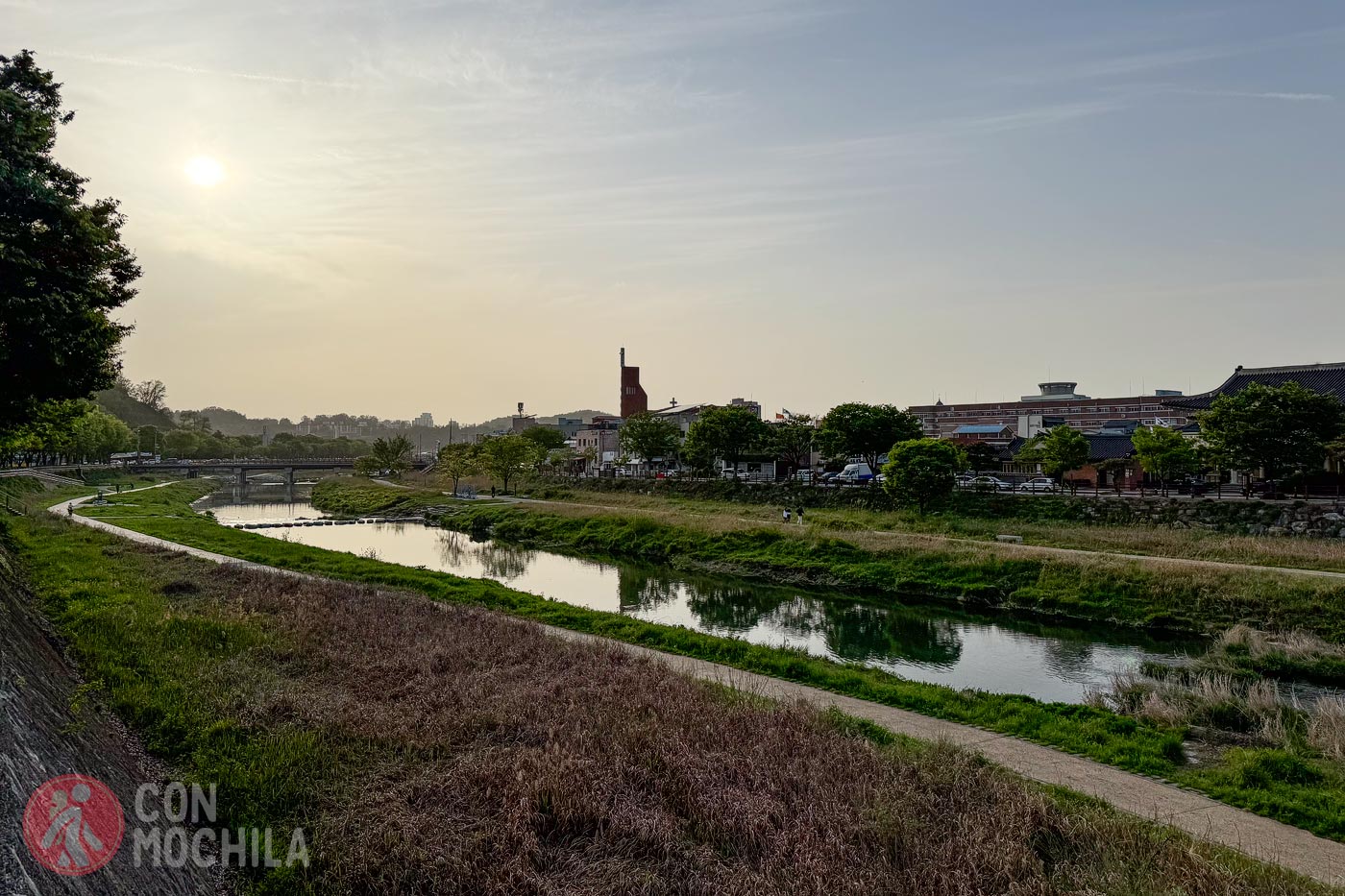
We’ve already mentioned the charm of staying in a traditional hanok house. There are hundreds of options throughout the village, and in our case, we chose Saekdong Jeogori Hanok Jeonju.
It’s a modest accommodation with four guest rooms, a shared living space, a tiny kitchenette, and a charming garden. The rooms are compact—just enough space for a futon, a backpack or suitcase, and a small private bathroom. Everything was spotlessly clean.